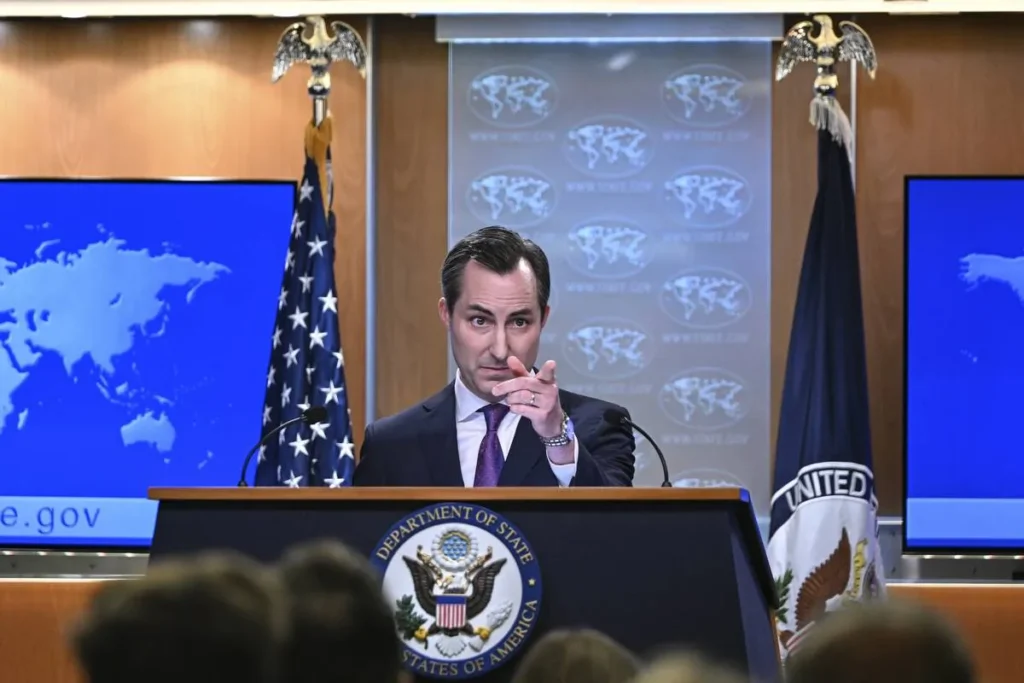On December 4, 2024, China and Nepal formally signed a major framework agreement for the Belt and Road Initiative (BRI). In order to go on with infrastructure projects that have been put on hold since the original BRI deal was signed in 2017, this agreement is crucial.
During Nepalese Prime Minister K P Sharma Oli’s four-day trip to China—his first overseas tour since resuming office in July 2024—the agreement was finalized. Discussions with top Chinese officials, including President Xi Jinping and Premier Li Qiang, were part of the signing.
With an emphasis on creating a Trans-Himalayan Multi-Dimensional Connectivity Network (THMDCN), the BRI Cooperation Framework seeks to strengthen economic ties between China and Nepal. It is anticipated that this network will increase connection in a number of areas, such as telecommunications, power grids, and transportation.
The terms of financing were a major point of contention during the discussions. Nepal first suggested “grant” finance, but following talks with the Chinese side, “aid assistance financing” was substituted. This arrangement raises questions about Nepal’s possible debt obligations because it represents a move toward a strategy that might incorporate loans rather than outright grants.
The signing of this framework marks a rupture from Nepal’s long-standing relationship with India and a change in the country’s diplomatic emphasis towards China. Prime Minister Oli urged Chinese investment in Nepal and underlined the BRI’s advantages for the nation’s growth.
It is anticipated that the new BRI framework will open the door for the execution of numerous infrastructure projects that have been postponed because of Nepal’s political divides and debt worries. Although


